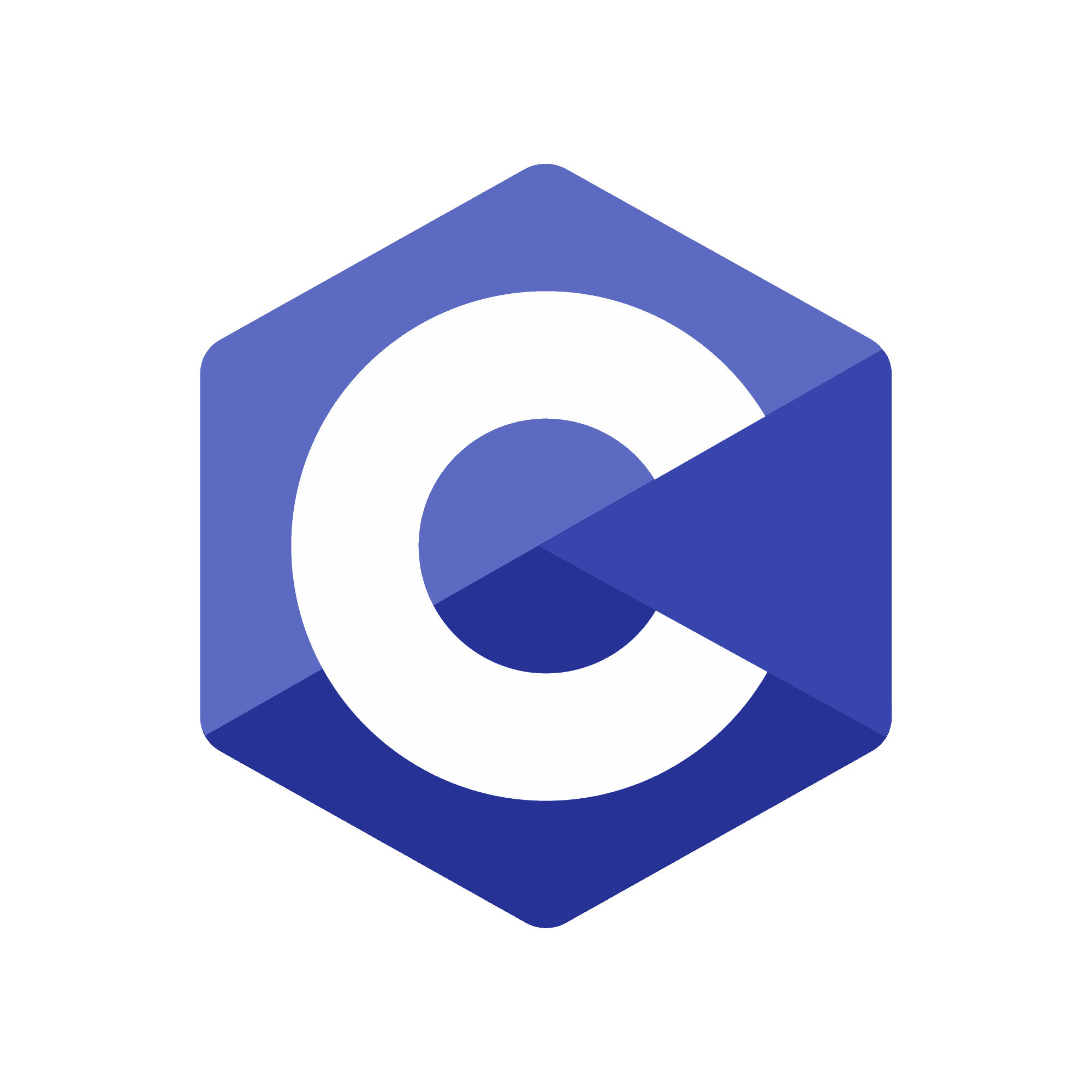How to C
C programming is a powerful and widely-used programming language that is known for its efficiency and versatility which also happens to be the parent language of C++. It is a great language to learn for beginners, as it provides a solid foundation for understanding the concepts and principles of computer programming. Here is a blog that explains the steps to get started with C programming, including an overview of the key components of the language and tips for writing your first program with how I approached it.
Setting up the development environment: Before you can start programming in C, you need to set up a development environment on your computer. This includes installing a compiler, such as GCC, and a text editor, such as Sublime Text, VSCode or Notepad++. A compiler is a tool that translates your code into machine-readable instructions, and a text editor is used to write and edit the code. I personally would recomment VSCode or Sublime text as text editors as it has got a very appealing User Interface and is extremely efficient and productive.
VSCode Understanding the basic structure of a C program: Every C program follows a basic structure, which includes a preprocessor directive, a main function, and a return statement. The preprocessor directive, which starts with the "#" symbol, includes information about the files that will be included in the program. The main function is the entry point of the program, where execution begins. The return statement indicates the end of the main function and signals to the operating system that the program has finished executing. #include<stdio.h> is an example.
Familiarizing yourself with the basic data types and variables: In C, all data has a specific data type, such as int for integers, double for floating-point numbers, and char for characters. Variables are used to store data, and each variable must be declared with a specific data type before it can be used in the program. It's important to understand how data types and variables work in C, as they are fundamental concepts that are used throughout the language.
Learning about input and output operations: C provides several functions for reading input from the user and displaying output on the screen. The basic input function is scanf(), and the basic output function is printf().
Understanding control flow: Control flow refers to the order in which instructions are executed in a program. In C, control flow is controlled by statements such as if, if-else, while, do-while, and for loops. These statements are used to control the flow of execution based on certain conditions, allowing you to create more complex programs. Loops can be quite tricky in the beginning but one will definitely get the hang of it as they practice more problems and interpret behind it.
Practice, practice, practice: As with any new skill, the key to becoming proficient in C programming is practice. Try writing small programs, such as a simple calculator or a guessing game, and work your way up to more complex projects. Additionally, reading sample code and studying other people's projects can also be a great way to learn and improve your skills. Also make sure to solve 2-3 problems every single day on famous platforms like LeetCode, Codechef etc.
Overall, C programming is a powerful language that is widely used and continues to be in high demand. To start with C programming, the key is to have a good development environment, understand the basic structure of the program, and familiarize yourself with the basics of data types and variables. You should also practice and understand the control flow, input and output operations, and practice to get better. As you become more comfortable with the language, you can start working on more advanced projects and experimenting with different features of the language and explore more libraries. If you enjoyed the blog, please make sure to follow me. It motivates me to contribute much more and write about more topics. Happy coding!!!

Comments
Post a Comment